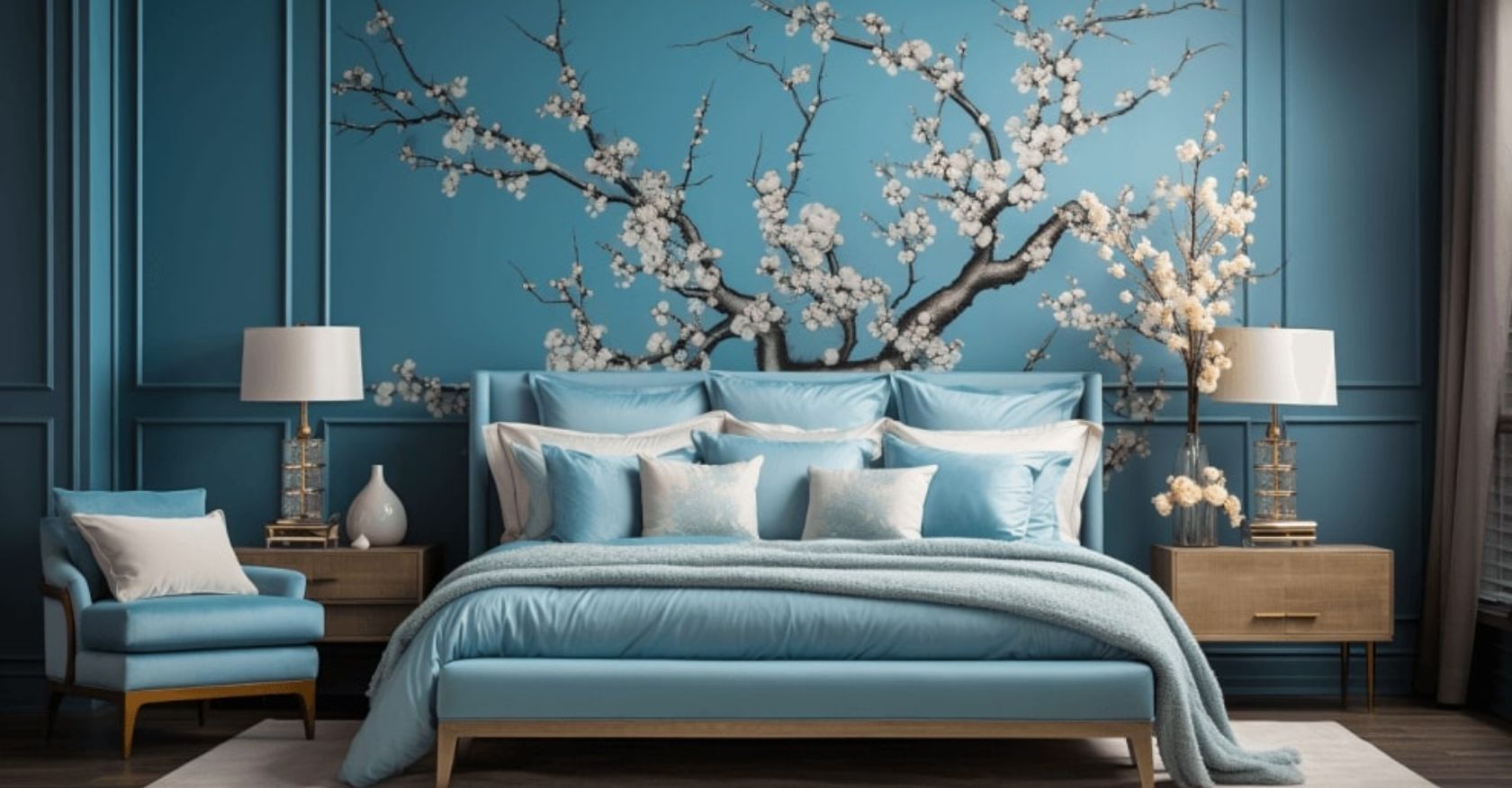Color is a powerful tool in the world of interior design. It can evoke emotions, set the mood, and even influence our perceptions of space. But mastering the art of color combination can be a daunting task, especially with the myriad of shades available. Whether you’re a novice or looking to delve deeper into the nuances of color coordination, this guide will walk you through the essentials of combining colors in home decor.
Color is a powerful tool in the world of interior design. It can evoke emotions, set the mood, and even influence our perceptions of space. But mastering the art of color combination can be a daunting task, especially with the myriad of shades available. Whether you’re a novice or looking to delve deeper into the nuances of color coordination, this guide will walk you through the essentials of combining colors in home decor.

The Basics: Understanding the Color Wheel
- Primary Colors: Red, blue, and yellow. These colors cannot be made by mixing other colors.
- Secondary Colors: Green, orange, and purple. Created by mixing two primary colors.
- Tertiary Colors: These are the results of mixing a primary and a secondary color, like blue-green or red-orange.

Color Harmonies:
- Complementary: Colors opposite each other on the color wheel, e.g., blue and orange.
- Analogous: Colors next to each other on the color wheel, e.g., blue, blue-green, and green.
- Triadic: Three colors evenly spaced on the color wheel, e.g., red, blue, and yellow.

Advanced Techniques:
- Monochromatic Scheme: Using different shades, tints, or tones of a single color. This creates a cohesive and harmonious look.
- Layering Neutrals: Combining various neutral colors like beige, gray, and white can result in a sophisticated and timeless decor.
- Using Accents: Introduce vibrant accent colors through accessories or statement pieces to break the monotony and add interest.
- Consider Room Function: The purpose of a room can guide color choices. For instance, calming colors like blues or greens are ideal for bedrooms, while energetic colors like red might suit a dining area.
- Play with Patterns: Introduce patterns that incorporate your chosen color scheme. This adds depth and dimension to the space.

Practical Tips:

- Test Before Committing: Before painting an entire room, test your chosen colors on a small patch to see how they look in different lighting conditions.
- Balance Warm and Cool: If you have a predominantly cool color scheme, introduce some warm accents to balance it out, and vice versa.
- Consider Natural Light: Rooms with ample natural light can handle darker shades, while rooms with limited light benefit from lighter hues.

Incorporating color into home decor is a journey of exploration. It’s about understanding the basics, experimenting with advanced techniques, and ultimately creating a space that resonates with your personal style and preferences. Remember, there are no strict rules – trust your instincts and enjoy the process!











